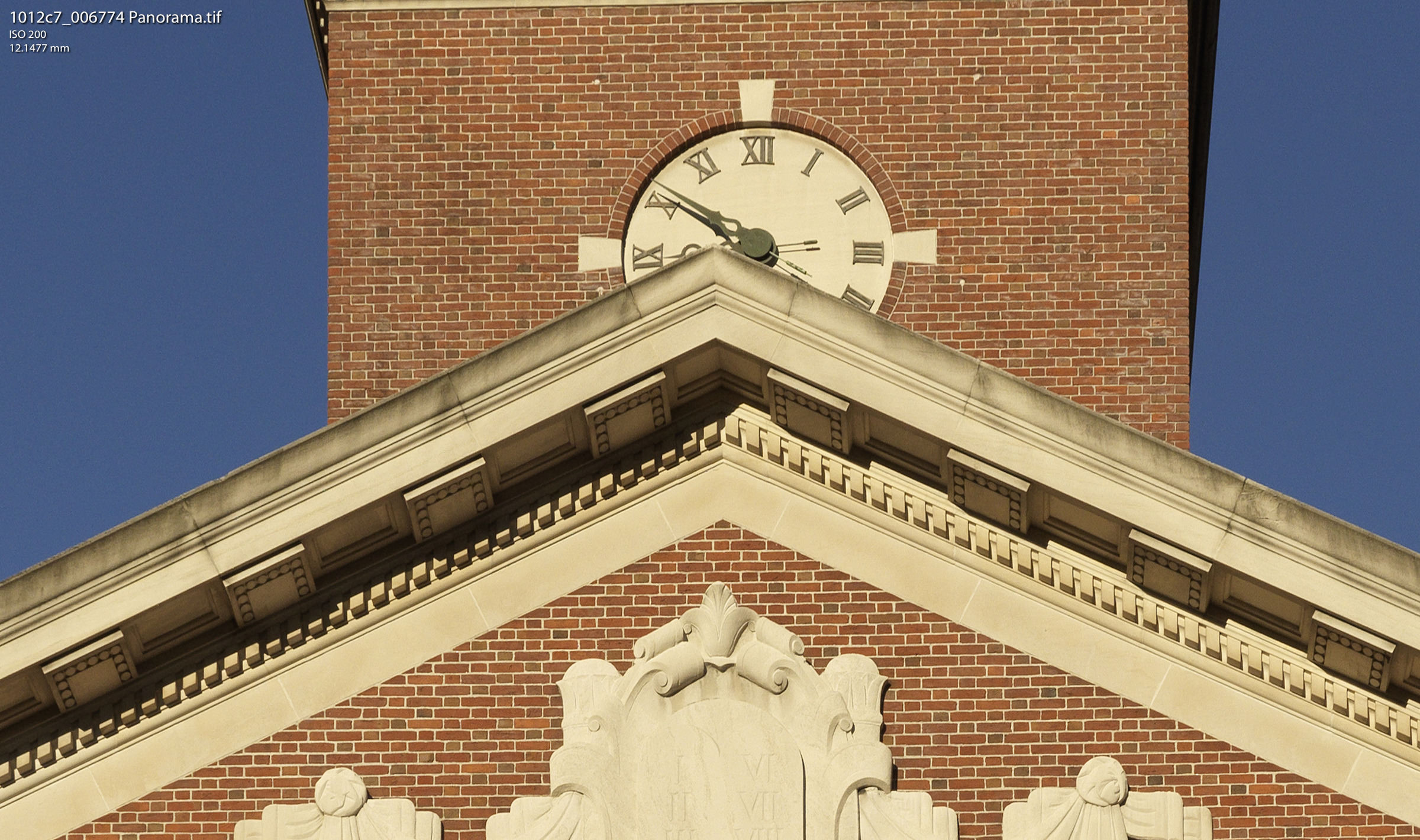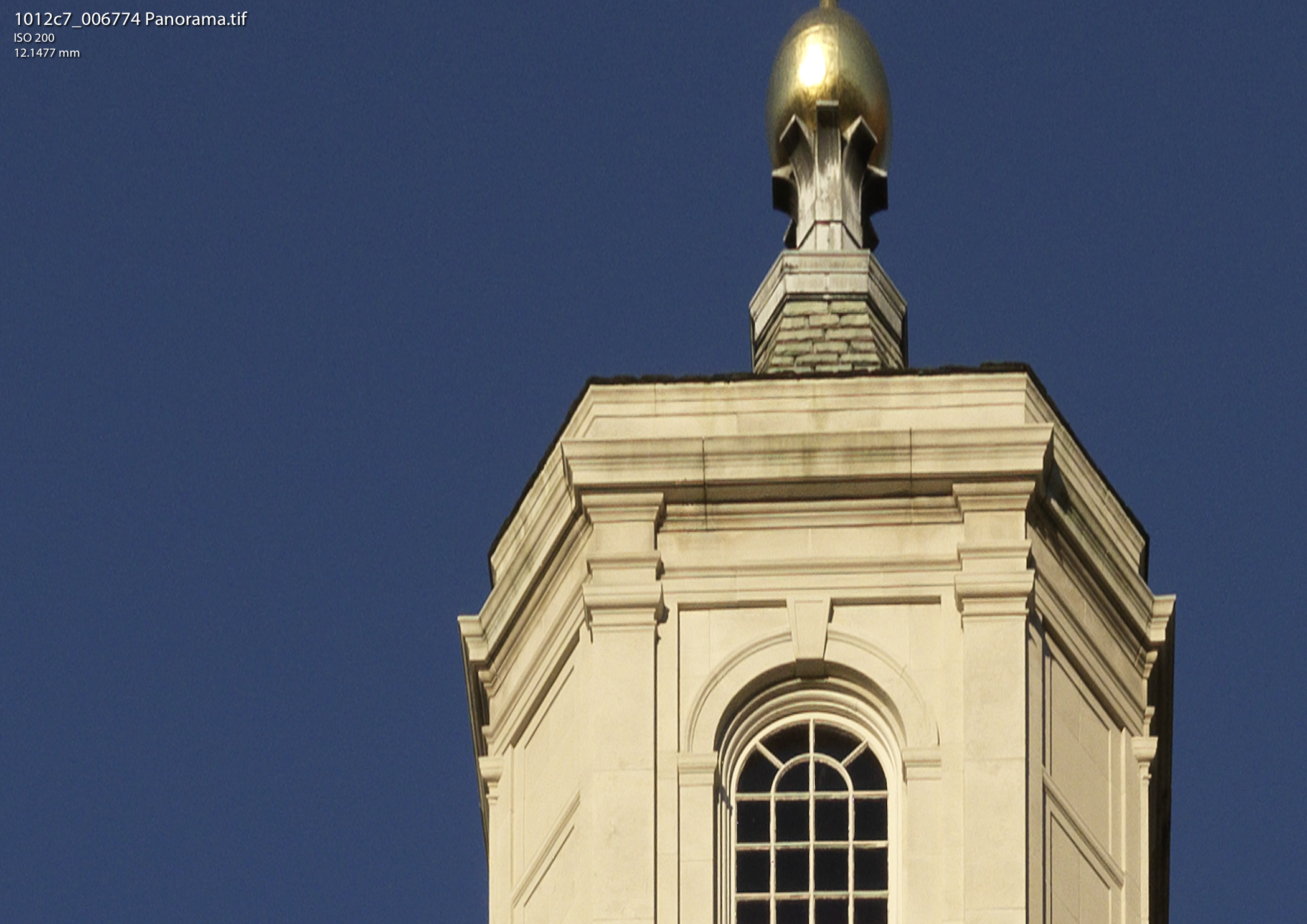Yes - when shooting tethered with live view there is a focus assist feature that works quite well (i know this from my 39 days). I don't know whether it works with the HTS 1.5. I generally don't shoot tethered - but this may be the solution that people working in studios use. But not on the 60 right now because live view is one of the yet-to-be delivered features. Live view (at least as it was implemented on the h3d 39) has some serious limitations - it can't be used in daylight without a lot of of ND filter.
Yes Woody, Live View and the Focus Graphing works with the HTS/1.5.
For those not familiar with this feature, here is a quick shot I set up as a demo (a hand made necklace that our sweet house-maid made for my wife for Christmas) Pay no attention to the crap lighting ... it's just a focus demo

H4D/40 with HTS/1.5, 13mm tube, 50mm ... HTS tilted down to max, slight shift up. Shot tethered, Clicked Live View, click the mag tool on a key part of the image that I wanted to inspect, then used the Focus Graph to optimize focus.
The actual video feed is useless for anything more than composition ... it's when you use the magnifying tool to zoom in on a part you want to check focus on that the magic happens. What is cool is that using the mag tool, the focus point can be placed anywhere in the frame ... not just the center like when using the camera's focus system.
At this point, you do not touch the lens to correct focus, you use the +/- buttons in Phocus ... even though the focus is set to manual, the software adjusts plus or minus. The Green Graph Line is constantly updated as you fine tune the focus. An audio feedback is also available if you wish ... which I've used with view camera lenses that do have to be focused at the camera.
Here are the pics:
A) Full file
B) Crop
C The Process from the Hassey Manual
D) Part 2 of the Process
Focus Graphing for my photo (read captions)
Marc






